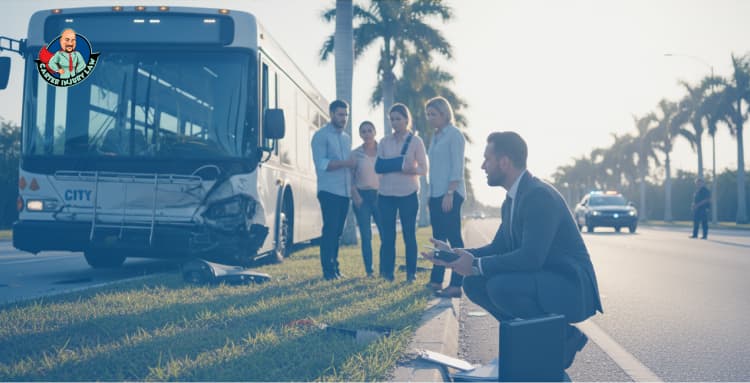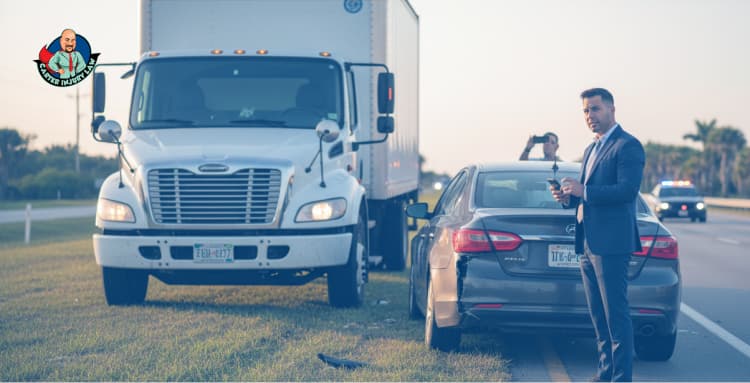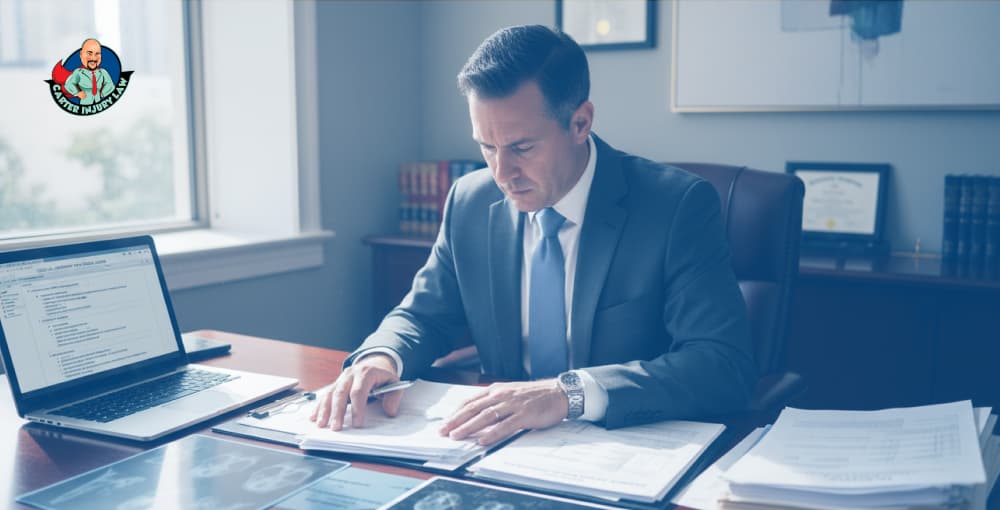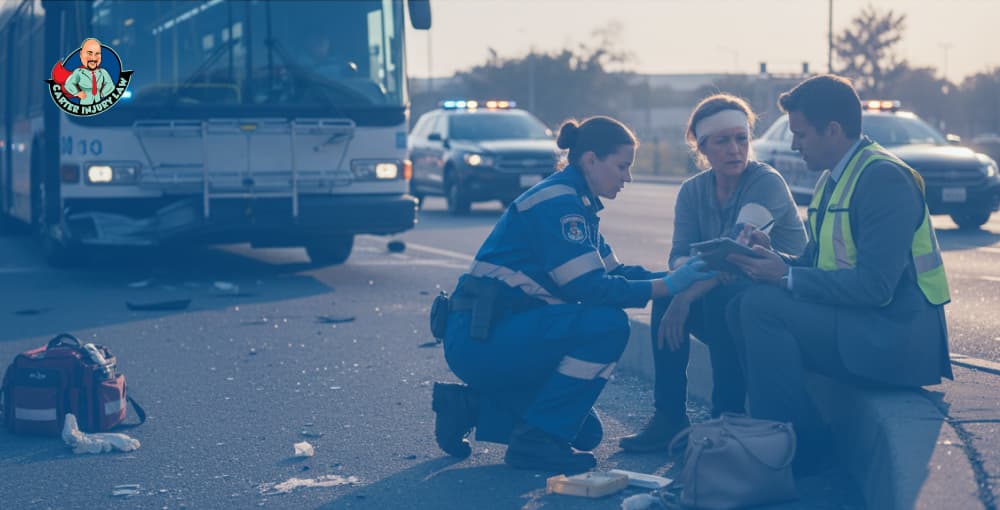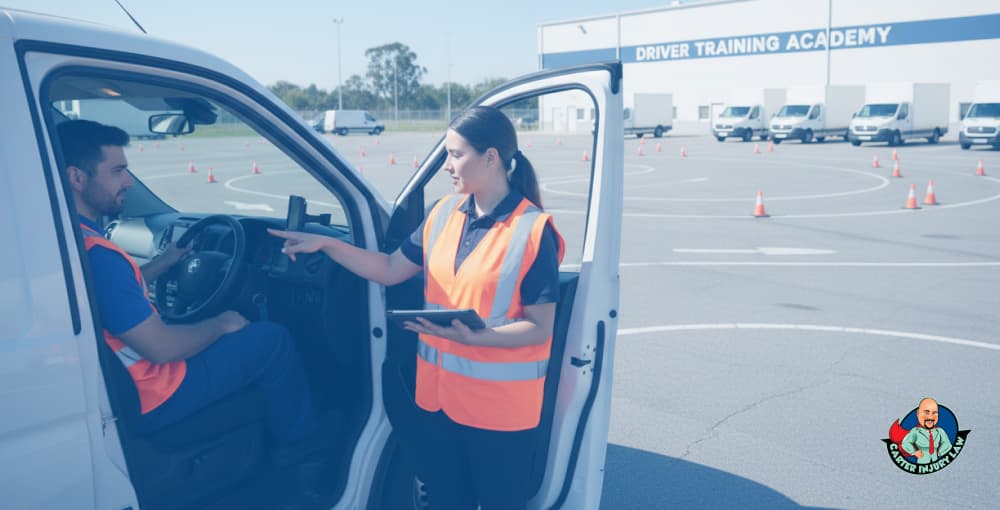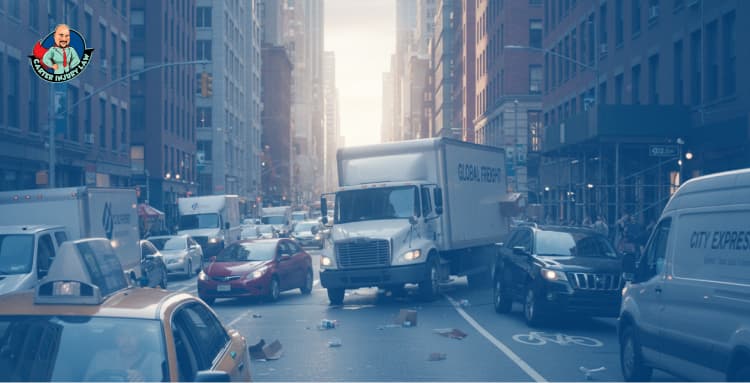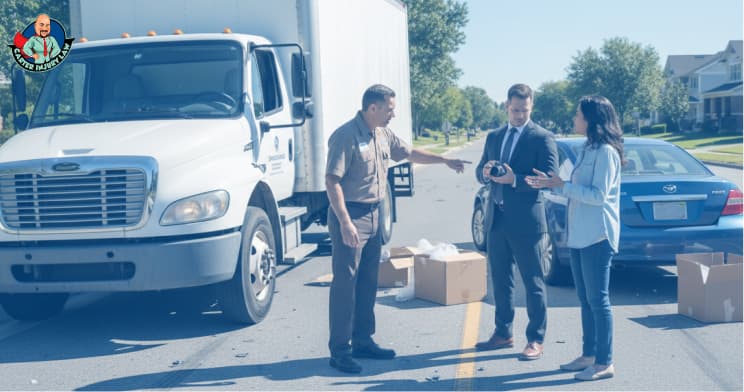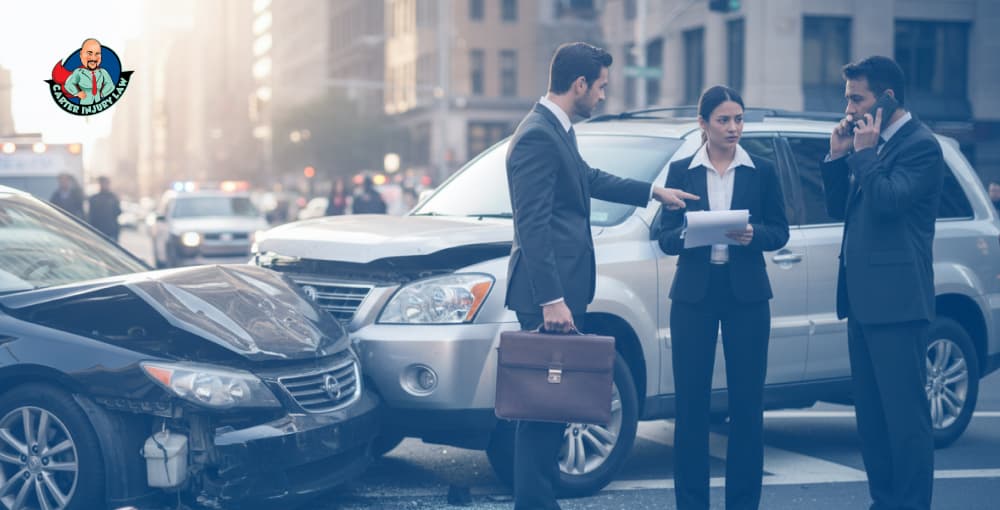Bus accident injuries in Florida can turn a regular day into a series of hard choices. I have seen people walk into my office with confusion in their eyes, still carrying the sound of screeching brakes in their memory. They are not just here to fill out forms or talk about compensation. They are here to make sense of what happened to them and how to take the next step without feeling lost.
When I first started Carter Injury Law, I promised to make sure no one had to face that silence alone, the silence that comes after the noise of an accident fades and the reality sets in. Every case tells its own story, but it always begins the same way, with a question that changes everything.
Step 1: What Just Happened ?
The first few moments after a bus accident are strange. Time slows down, but everything still moves too fast. People look around, dazed, trying to understand who is hurt, who needs help, and what just took place. I tell people to hold on to those moments, because what you notice right then often becomes the foundation of your case.
Before anything else, make sure you are safe. Get medical attention if you think you are in need of it. I have seen too many people walk away from a crash believing the pain will fade, only to wake up the next morning unable to move their neck or lift their arm. Documentation from a doctor helps, but more than that, it protects your health, which always comes first.
If possible, take photos of the scene. Capture the bus, the road, the lights, and the traffic signs. Note the weather, the time, and the direction of travel. If the police arrive, stay calm and describe what you saw in your own words. Do not guess or fill in blanks.
Your statement will become part of the official report that shapes how fault is determined later. The law will come in, but at this moment, you are the witness to your own story. And that story needs to start clearly.
Step 2: Paper Trails Become Proof
Contact the authorities if that has not already happened. A police report captures the position of the bus, other vehicles, and pedestrians. It notes what the officers observe, which can be critical later when determining liability.
If you can, write down everything you remember. Even small details like which lane the bus was in, how fast it seemed to be moving, or the reactions of other passengers can become important. Memories fade and stories change, but a written record from the first day preserves your version of events.
Collecting evidence goes hand in hand with reporting. Keep copies of any medical records, photographs, or videos from the scene. If someone else was involved and offers their account, make a note of it. Every piece of information creates a clearer picture of what happened.
At this stage, understanding the steps is one thing, but knowing the impact they will have later is what truly matters. How you document, how you report, and how you hold on to the facts can define the outcome of your case long before any negotiations start.
Step 3: The First Call that Changes the Direction

The moment you realize the accident has left more than just bruises, reaching out to a lawyer can feel like admitting you need help, but it is really about taking control. I tell people that the earlier you speak to someone who understands the local legal system, the stronger your position becomes.
A lawyer’s role is connecting the dots others might overlook. I listen to every detail, even the ones that seem small or unrelated. Sometimes what looks like an insignificant gesture, like a bus driver’s reaction or a broken handrail, becomes central to proving responsibility.
Waiting too long to ask for help costs more than anyone tells you at first. Time starts to blur the edges of what happened. However, Insurance companies do not wait, they start building their own version of the story before you have even caught your breath. When you reach out early, we freeze that moment before it slips away.
I track down the records, talk to the people who saw what you lived through, and help you find the right words when others try to twist them. That early call not only protects your case but also protects your story from being rewritten by someone who was never there.
Step 4: Counting the costs
After a bus accident, money is never the first thought, but sooner or later it becomes part of the story. Medical bills start to collect in quiet stacks, paychecks stop coming, and the small comforts of daily life begin to feel out of reach.
Florida law does not only count the hospital visits or the broken bones. It measures the hours you could not work, the nights you did not sleep, the therapy sessions you did not plan to need. It considers what pain has taken from your rhythm, your confidence, and the simple things that used to make up an ordinary day.
When I work with someone, we start from the ground up. First, the obvious costs, like the ambulance ride, the medication, and the endless appointments. Then we look wider. What changed in your life that you did not choose? Did the accident make you miss time with your family, step away from a career you built, or live with a pain that has its own schedule? Those questions matter as much as any receipt.
Step 5: kindness Comes With A Contract
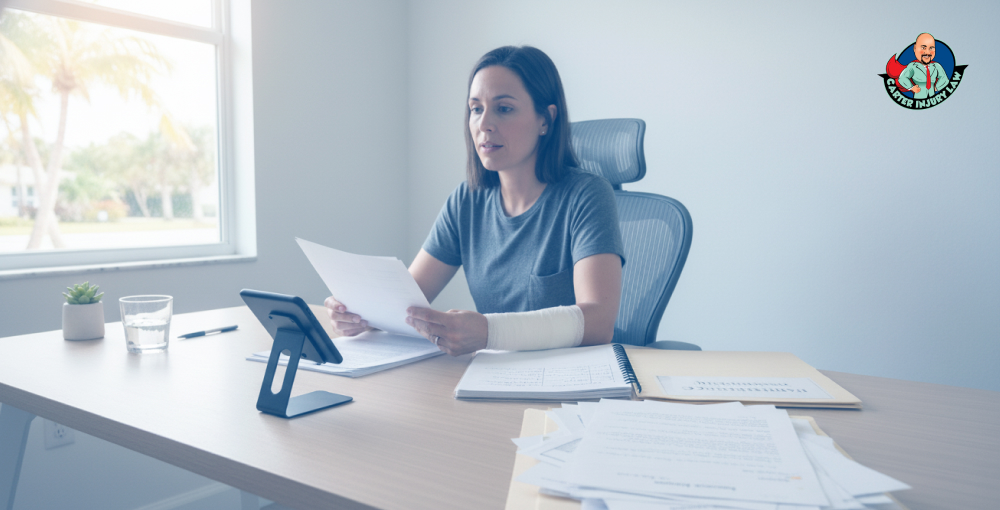
Insurance calls start soon after the accident. They sound polite, helpful, and even concerned. However, do not feel pressured to accept quick offers from insurance companies. It is to protect the company, often at your expense. I tell people to pause, breathe, and avoid giving detailed statements before they know their rights.
A casual comment about pain fading or a minor injury can later be used to reduce your claim. If an insurance company asks for a recorded statement, you do not have to agree. You are not being difficult; you are protecting yourself.
Keep a log of every interaction. Note names, dates, times, and what was said. Copies of letters and emails should be saved in a dedicated folder. It might feel tedious now, but this record becomes a map of the conversation, showing exactly what was communicated and when.
I guide people on how to respond confidently without creating liability. Sometimes it is as simple as saying, I am speaking with my lawyer before I provide information. Other times, it means redirecting questions to written communication. The point is to stay in control.
When you handle insurance company this way, the difference between a rushed settlement and fair compensation becomes clear. The accident has already disrupted your life enough. Communicating carefully ensures it does not control the next chapter.
Step 6: When justice takes the slow road, walk it anyway
Sometimes the paperwork and photos are not enough. Some cases need to move into the legal arena, where the accident and everything it left behind become part of the record. Every bruise, every lost hour, and every sleepless night needs to be seen.
I sit with people and go through every detail, from medical records to photographs to the quiet statements of those who witnessed it. Each piece builds a picture of what actually happened and what it took from them. Seeing it all together often brings a kind of clarity that was impossible in the days right after the crash.
I explain what comes next so there are no surprises. We talk about how the process works, what the bus company’s legal team might try, and how we respond. When you understand each step, the uncertainty starts to shrink, and the path forward begins to feel solid again.
Step 7: The Start of Something New
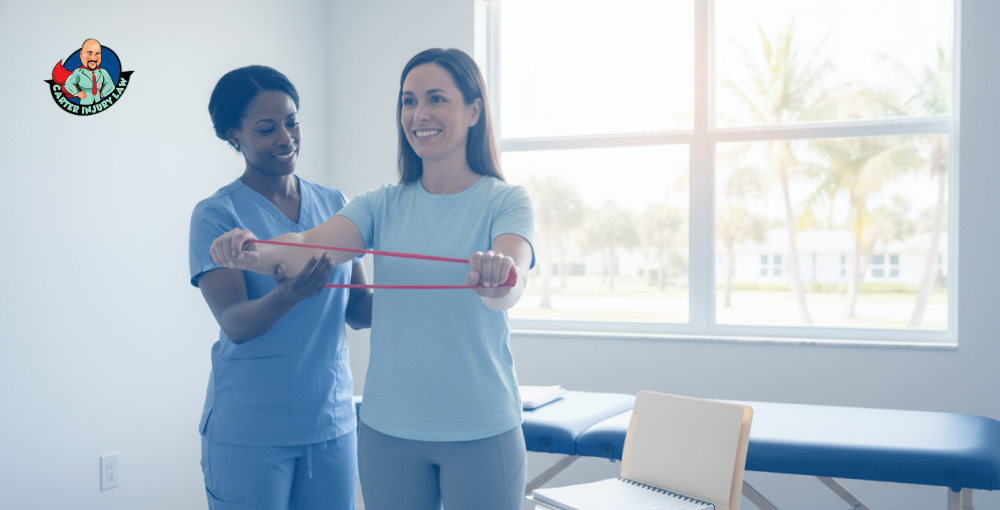
When I sit with someone who has been hurt in a bus accident, I often ask them to tell me what “normal” used to feel like. For example, I once worked with a school teacher in Tampa who took her local bus every morning. After the crash she couldn’t climb the classroom steps anymore and she cancelled weekend outings she once loved.
We began by naming the losses of daily commute she took, the ease of movement, and the simple pleasure of being on her feet without pain. From there we made a plan for physical therapy, carefully documented treatment, conversations about how this would affect her income, and legal guidance so she wouldn’t be facing the recovery process alone. Over time she began to feel like she was rebuilding rather than just surviving.
There are stories out there that show the legal system can respond meaningfully when people are harmed. For instance, consider the case of Aurora Beauchamp who was struck and dragged by a bus while crossing a street in New York, then lived in Florida. The jury awarded her $72.5 million for the trauma, permanent injury, and life changes she endured.
While every case is different and not every outcome looks like that, this shows that courts do take these incidents seriously and that you don’t have to accept less than your rights.
We handle cases like these on a contingency fee basis, so you do not pay anything unless we secure a win for you. Legal support should never be out of reach, especially when life has already taken more than its share.



